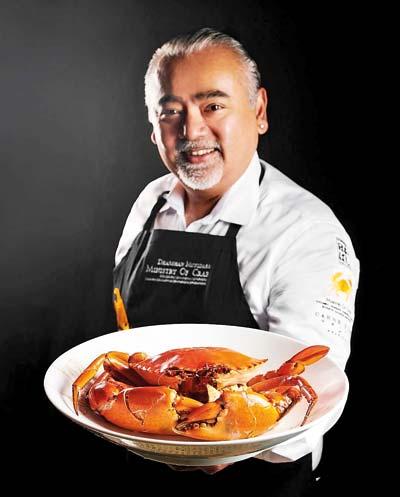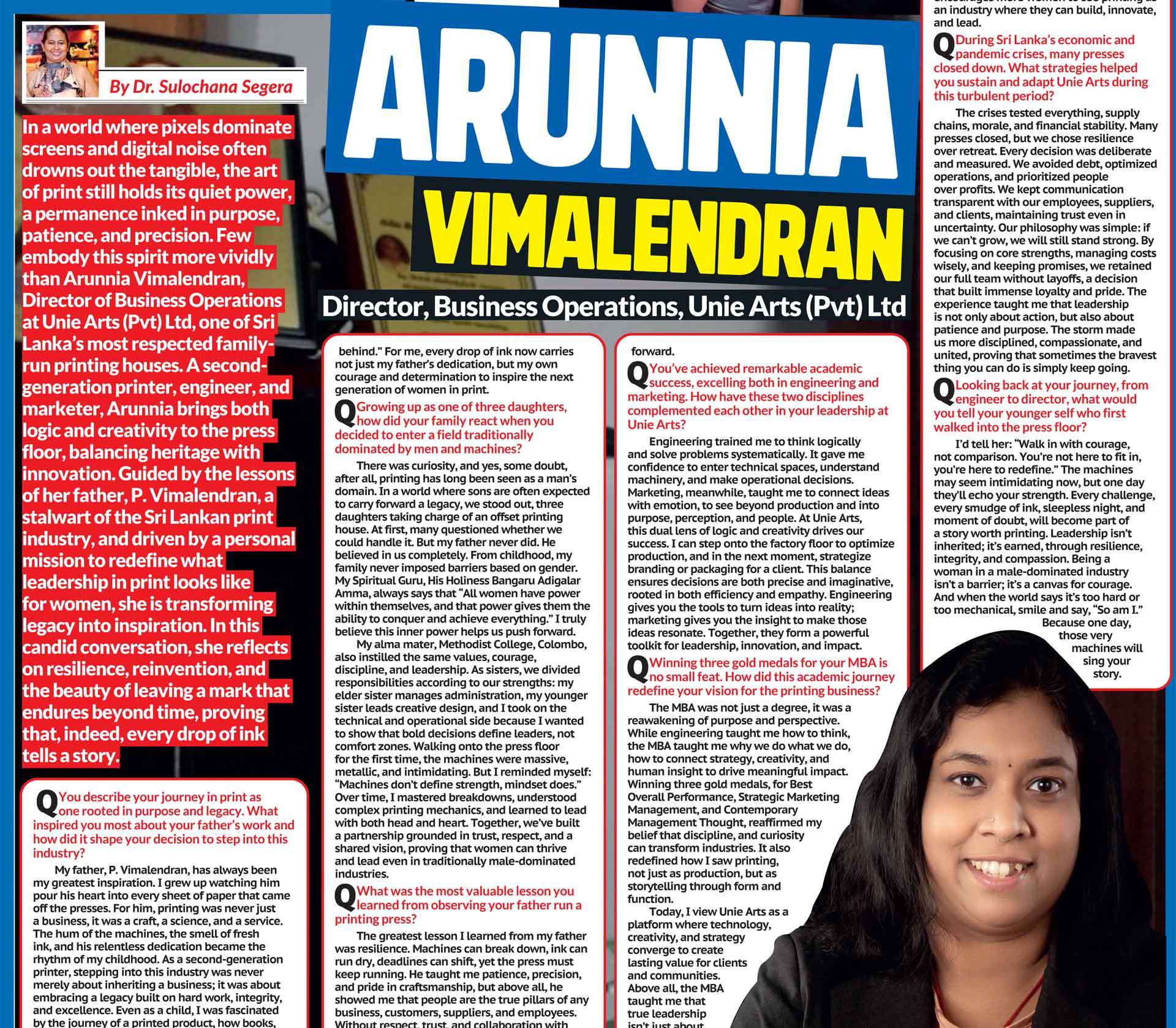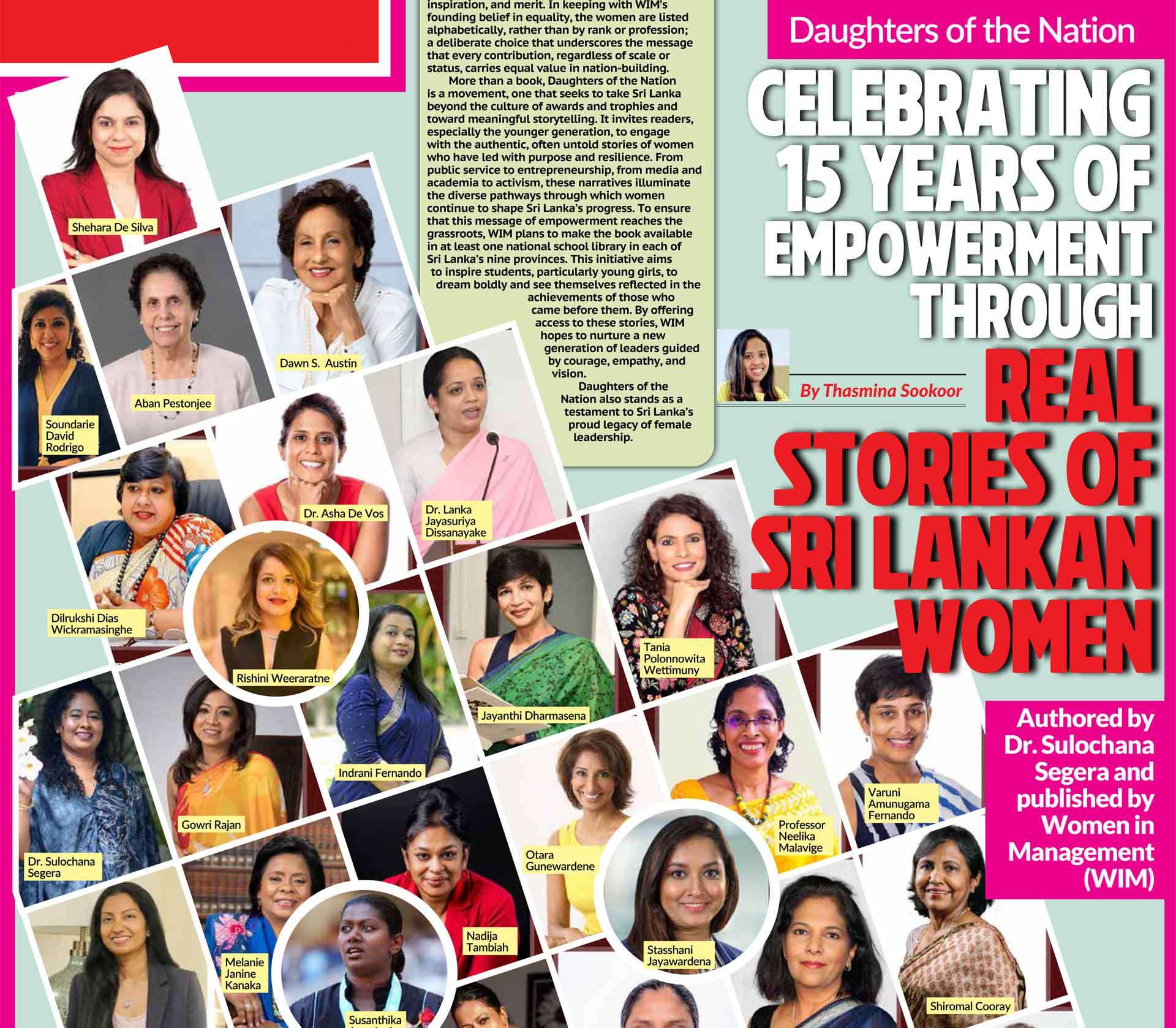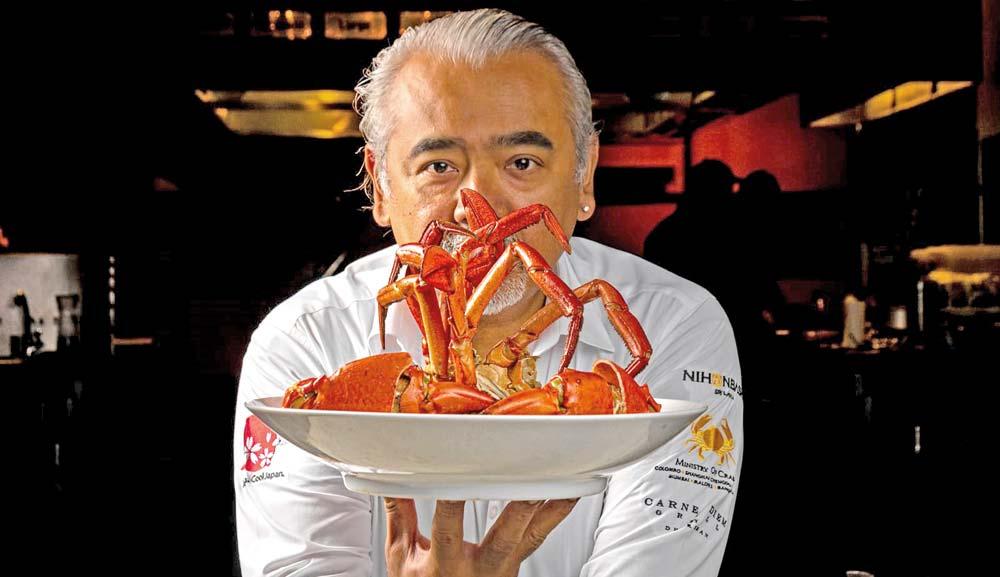
Dharshan Munidasa, born on November 9, 1970, is Sri Lanka’s most celebrated chef-restaurateur and a pioneer in the country's fine dining scene. Known for founding iconic restaurants like Nihonbashi and Ministry of Crab, both ranked among Asia’s 50 Best, he is a self-taught culinary master who blends Japanese precision with Sri Lankan flavors.
Born in Japan to a multicultural family, Dharshan’s passion for cooking began early and deepened during his university years in the U.S. His dedication to promoting Japanese cuisine earned him prestigious honors from the Japanese government, cementing his role as a global culinary ambassador. Founded in 2011, Ministry of Crab celebrates Sri Lanka’s prized mud crab with bold flavors and world-class presentation. From the giant “Crabzilla” to the massive “Prawnzilla,” each dish reflects a fusion of Japanese, Sri Lankan, and Mediterranean influences. A strict no-freezer policy ensures ultimate freshness in every bite. I’ve included some questions I asked him, along with his answers, for my article.
|
Dharshan Munidasa |
Q: How did your unique cultural background of Japanese and Sri Lankan heritage shape your culinary approach?
Being half Japanese and growing up in Sri Lanka gave me the best of both worlds. It gave me a deeper understanding and focus on ingredients, and this ‘ingredient-focused’ approach is what shaped Nihonbashi. I began my search for the best tuna landing in Sri Lanka before it was exported to Japan, which also led me to connect with crab suppliers. The difference between me and other chefs or “chefs” who work at hotels was my willingness to buy expensive tuna and Sri Lankan crabs which were typically destined for export and serve it here. Championing local ingredients is something which is deeply rooted in my Japanese background and my life in Sri Lanka, a country rich in such ingredients. I found that the best way to showcase this was by elevating the finest produce the country has to offer.
Q:What was the moment you realized your passion for cooking during your time at Johns Hopkins University?
My passion for cooking began long before I attended Johns Hopkins University. I was between 12 and 13 years old when I made my first sashimi dish using live prawns in Japan. One day, my grandmother gave pocket money to all her grandchildren, and I ran straight to a department store to buy ‘Kuruma Ebi’ and came home to make sashimi, a dish known as odori in sushi restaurants. That live, wriggling prawn sashimi was the first dish I ever made, and it made me realize that my hunger for good food and making good food was quite serious.
Q: Nihonbashi was the first Sri Lankan restaurant to be ranked on Asia’s 50 Best Restaurants list. What did that recognition mean for you and your team?
Nihonbashi was the first restaurant from Sri Lanka to be included in Asia’s 50 Best Restaurants when the list launched in 2013. At the time, the list didn’t have much traction globally, let alone in Sri Lanka, but over the years, Ministry of Crab also earned its place. For six years, I was one of only two chefs to have two restaurants on the list. It showcased to the world that I was a chef deeply committed to ingredients and working with local produce to create dishes and restaurants built on a single concept executed so well that it stood apart. That recognition gave us the confidence to do more, and even today, with the absence of Michelin in Sri Lanka, Asia’s 50 Best is something we look forward to participating in.
Q: How do you blend traditional Japanese culinary philosophies with local Sri Lankan ingredients to create something entirely unique?
I’ve always believed that Sri Lanka has had incredible ingredients, but for a long time, no one paid close attention to maintaining freshness and quality. We have tuna in our oceans, but it was not eaten raw, we always cooked it, and to some extent, it didn’t matter how the fish reached you. Having these ingredients accessible locally meant I could dive into the supply chain and access fish and crabs at the source. By controlling how these ingredients came to us, we were able to create restaurants that offered something truly unique.
Q: What inspired you to start Ministry of Crab, and how did partnering with Mahela Jayawardena and Kumar Sangakkara come about?
In 2009, I filmed Culinary Journeys with Dharshan, with six episodes filmed in Japan, and one was dedicated to the Sri Lankan crab, which was partly filmed in Singapore. A friend of mine watched that episode and asked, “Why aren’t you doing a crab restaurant?” That question sparked the idea. Kumar and Mahela were guests and friends from Nihonbashi, and I asked if they’d like to join me in this venture. That’s how they came on board for what we still call a fun project. and I think that’s exactly why it continues to work so well.
Q: Ministry of Crab’s expansion to globally continues. What do you think makes Sri Lankan cuisine so appealing to a global audience?
I believe our cuisine was something the world hadn’t truly discovered. Today, with more travel and increased tourism, more people are experiencing our beautiful island and its incredible ingredients. Sri Lankan cuisine is appealing because it’s still new to many, and I hope to see more young chefs emerge in creating new dishes that showcase the true essence of Sri Lankan cuisine.
Q: The Carne Diem Grill, with its unique 750°C charcoal grill, is a very innovative concept. How did you come up with this idea, and what was the process behind its creation?
This restaurant came about as a suggestion to the developers of Crossroads in the Maldives. All I said was, “Light a fire and throw meat at it,” and they asked me to take it on.
I started experimenting with cooking steaks differently on the Yakitori grill at Nihonbashi and eventually developed a grill oven that created a unique way of cooking steak. It’s Japanese in its approach, pure and simple, that is focused on using quality meat with minimal seasoning. We don’t ask how you want your steak cooked, and we don’t offer sauces, because we don’t serve any. It’s about serving a wholesome high-quality cut of meat, cooked to the best it can be.
Q: What are some of the biggest challenges you face when operating fine-dining restaurants internationally?
Every country comes with its own challenges, and we deal with them by first taking the time to understand them. Ultimately, it all comes down to the team, and the foundation of building a strong team is understanding the people in it. For me, the best way to do that is through their food and culture. I’ve always made it a point to eat with our teams, to learn about the food culture. It’s one of the ways I get to understand who they are, what they value, and how we can work together to build a great restaurant.
Q: How do you stay motivated to keep pushing boundaries and innovating, both in your restaurants and your culinary concepts?
Opening restaurants is an amazing feeling; it’s an adrenaline rush. Creating new dishes, seeing people smile, and even asking guests to name a dish and hearing them come up with something beautiful is incredibly motivating. I’m not in the business of replicating food that’s been done before. I want to create something new, something so unique that people haven’t tasted anything like it before. The smile on our guests’ faces, the excitement of launching new concepts and new restaurants, and exploring new genres of cuisine, is what fuels us. For me, restaurants aren’t about return on investment; they’re about return on energy. As long as we continue to receive energy from our guests, from their comments, their smiles, and their return visits, that’s what keeps us motivated.
Q: What does it mean to you to be appointed as a Japanese Cuisine Goodwill Ambassador by the Japanese government?
It’s truly an honor to have earned and been recognized by the Japanese government with The Minister’s Award for Overseas Promotion of Japanese Food. When Nihonbashi began, my ethos was clear: never compromise, never change my recipes or Japanese food to cater to market demands or customer expectations. All I wanted to do was offer pure, authentic Japanese cuisine. This commitment to quality and sourcing the best ingredients, is the DNA that resulted in all my restaurants being born out of this thought process.
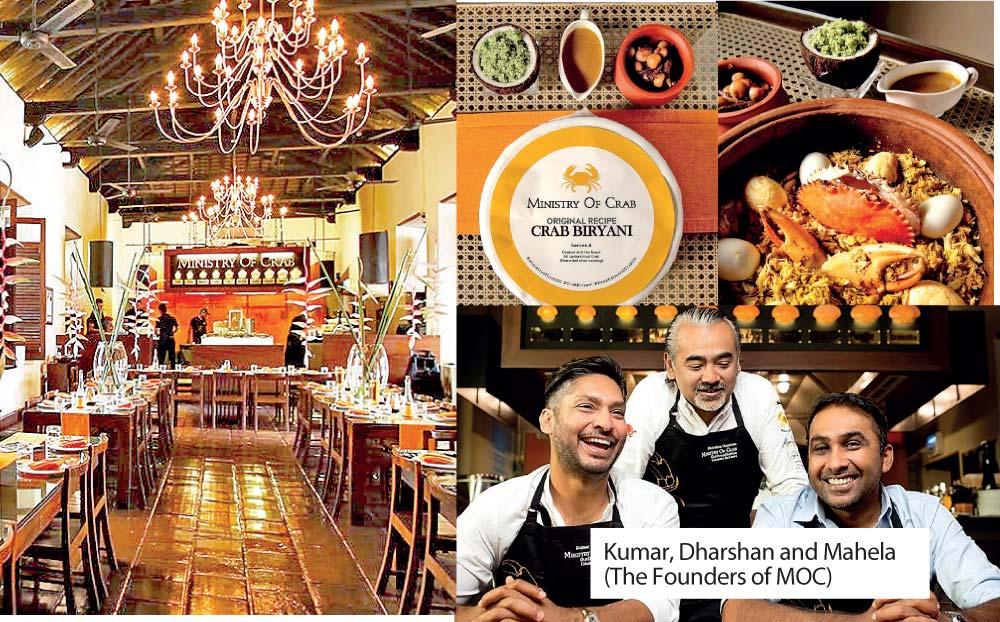
Q: Finally, what advice would you give to young chefs who aspire to combine multiple culinary traditions and make their mark on the global food industry?
I think it’s about young Sri Lankan chefs who are combining our culinary traditions with influences from other parts of the world. Right now, Sri Lanka’s unique proposition is, Sri Lanka itself.
I encourage chefs to come back here, use the skills they've learned overseas, and create dishes that don’t exist yet. We need more chefs doing this, creating innovative dishes, building incredible restaurants, and establishing culinary institutions that will last for decades.
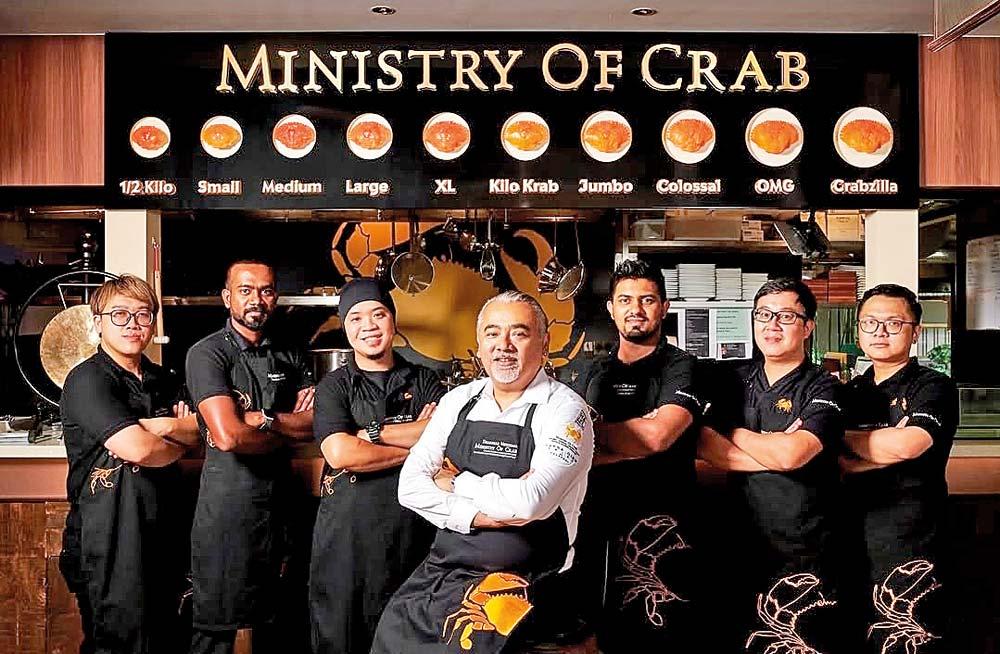
Dharshan Munidasa continues to redefine Sri Lanka’s culinary landscape with passion, precision, and pride. His journey is a testament to how tradition, innovation, and authenticity can come together to create world-class dining experiences, right from the heart of Colombo.

